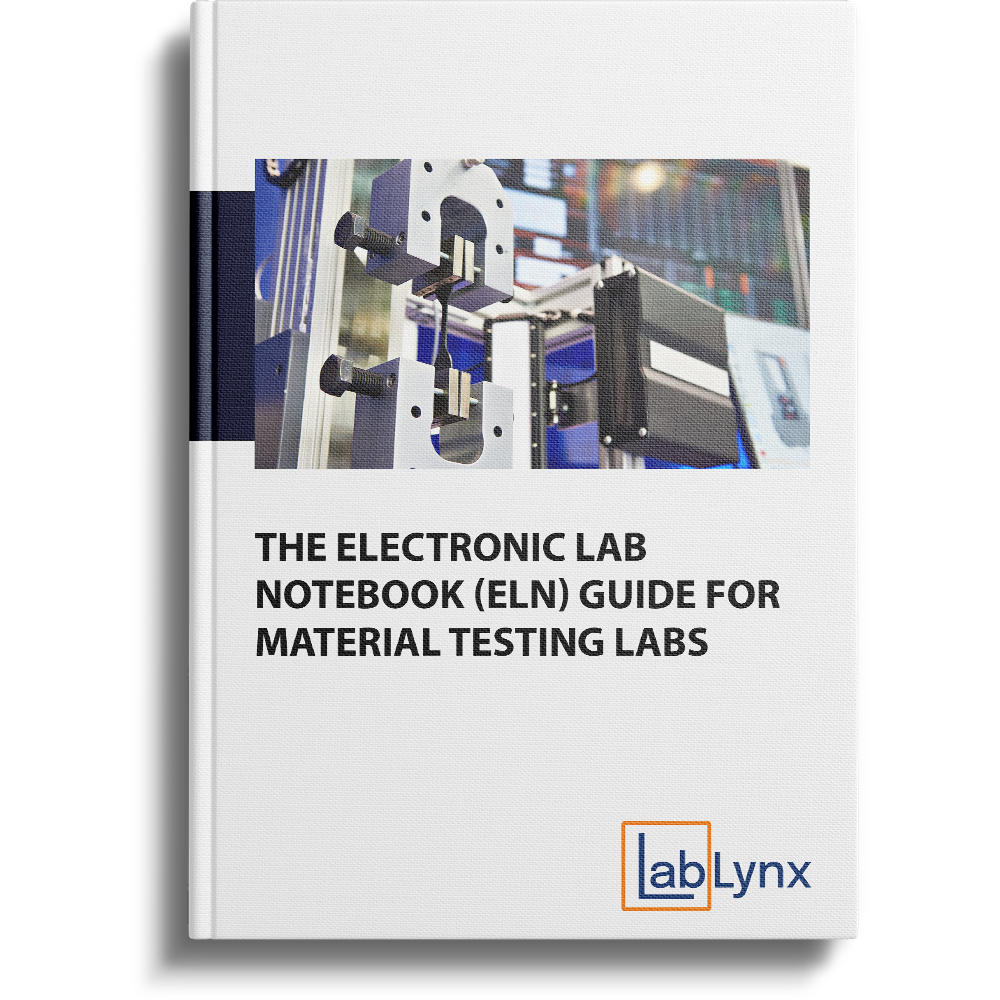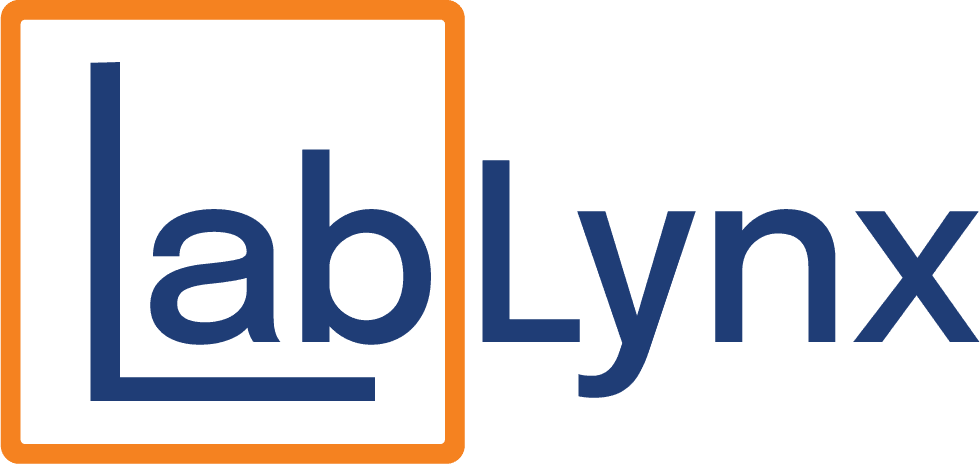Download Book For Free!
Resource Download
"*" indicates required fields

In the world of material testing, precision isn’t optional—it’s the standard. Whether you’re certifying the tensile strength of metal alloys, analyzing the impact resistance of polymers, or conducting fatigue testing on structural components, every test must be backed by complete, traceable, and consistent documentation. As the complexity of testing protocols increases and client expectations rise, traditional methods of recording results—paper notebooks, disconnected spreadsheets, or siloed data storage—are no longer enough.
That’s where Electronic Laboratory Notebooks (ELNs) come in.
The Electronic Laboratory Notebook (ELN) Guide for Material Testing Labs is an in-depth resource created to help forward-thinking labs understand how digital lab notebooks can elevate efficiency, ensure compliance, and protect the integrity of their test data. Whether you’re already exploring ELN solutions or just beginning to modernize your lab workflows, this guide delivers the clarity, insight, and practical advice needed to move forward with confidence.
Why ELNs Are Changing the Game for Material Testing Labs
Material testing is fundamentally different from other types of laboratory work. It’s highly procedural, data-dense, and frequently driven by industry-specific standards such as ASTM, ISO, and AASHTO. Every test result is tied to a sample, a method, a calibration schedule, and a compliance checklist. With so many moving parts, even small lapses in documentation can create costly delays, failed audits, or quality concerns.
ELNs eliminate these risks by digitizing and standardizing the way labs capture, organize, and share testing data. In doing so, they unlock benefits that reach beyond documentation—impacting speed, collaboration, traceability, and ultimately, client satisfaction.
What You’ll Learn Inside the ELN Guide for Material Testing Labs
This comprehensive guide walks you through the essential elements of ELN adoption, from the foundational role ELNs play in modern testing labs to the real-world features and strategies that make implementation successful.
1. The Role of ELNs in Today’s Material Testing Environments
The guide begins with a deep dive into the current challenges material testing labs face—disjointed records, time-consuming reporting, and difficulty maintaining consistent protocols across technicians and shifts. It explores how ELNs address these issues by centralizing data, enforcing standardization, and supporting real-time collaboration between departments and clients.
From failure analysis to accelerated aging tests, you’ll see how ELNs offer built-in value for virtually every material testing application.
2. Core ELN Features That Streamline Testing Workflows
Not all ELNs are created equal, especially in the context of materials testing. This section outlines the key features that testing labs should prioritize when evaluating digital solutions, including:
- Customizable test templates based on ASTM/ISO standards
- Batch and sample tracking
- Version control and full audit trails
- Instrument data capture and multimedia support
- Role-based access and secure sign-off workflows
You’ll gain a better understanding of how these features translate into real-world time savings, fewer errors, and a more professional, scalable documentation system.
3. Real-World Challenges ELNs Are Solving in Material Labs
This portion of the guide presents realistic scenarios that many material testing labs will find familiar. Whether it’s losing time to retyping handwritten notes, struggling to meet client deadlines, or sifting through inconsistent reports during an audit, the guide illustrates how ELNs can solve these pain points through streamlined digital workflows.
You’ll also see how labs using ELNs are improving collaboration between technicians, QA staff, and external clients—all without compromising data security or integrity.
4. A Step-by-Step Framework for ELN Implementation
Adopting an ELN isn’t just a technical change—it’s a process transformation. This section provides a clear roadmap for labs to follow, with guidance on how to:
- Evaluate current documentation workflows
- Define ELN requirements based on operational needs
- Select and configure an ELN platform
- Train staff and gain internal buy-in
- Roll out the system in phases and track success
This practical section ensures that labs can plan their transition without disrupting testing operations or creating roadblocks for their teams.
5. Aligning Your ELN with Long-Term Lab Growth
Finally, the guide looks ahead—focusing on how an ELN can help material testing labs grow more agile, responsive, and scalable. Whether you’re expanding services, serving more industries, or aiming for new accreditations, an ELN gives you the digital infrastructure to support that evolution.
You’ll see how ELNs enable better decision-making, faster reporting, and more meaningful insights—all while helping your lab stay competitive in a highly demanding market.
Built for Lab Leaders, QA Professionals, and Operations Teams
Whether you’re a lab manager tasked with improving workflow efficiency, a quality assurance lead focused on audit readiness, or part of the leadership team building a roadmap for growth, this guide is built for you.
It’s an ideal resource for:
- Materials testing labs exploring their first ELN solution
- Engineering teams looking to eliminate manual reporting delays
- QA teams preparing for ISO/IEC 17025 audits
- Service labs aiming to improve documentation for external clients
- Any lab looking to reduce operational friction and scale with confidence
Why This Guide Matters
In material testing, data is the product. And if that data isn’t complete, compliant, and easy to retrieve, the value of the test—and the trust placed in your lab—can quickly erode.
The Electronic Laboratory Notebook (ELN) Guide for Material Testing Labs gives you the insight and tools to modernize your lab the right way. With real-world examples, expert-backed strategies, and an emphasis on measurable value, it’s your go-to resource for understanding the “why,” “what,” and “how” of ELN success.
